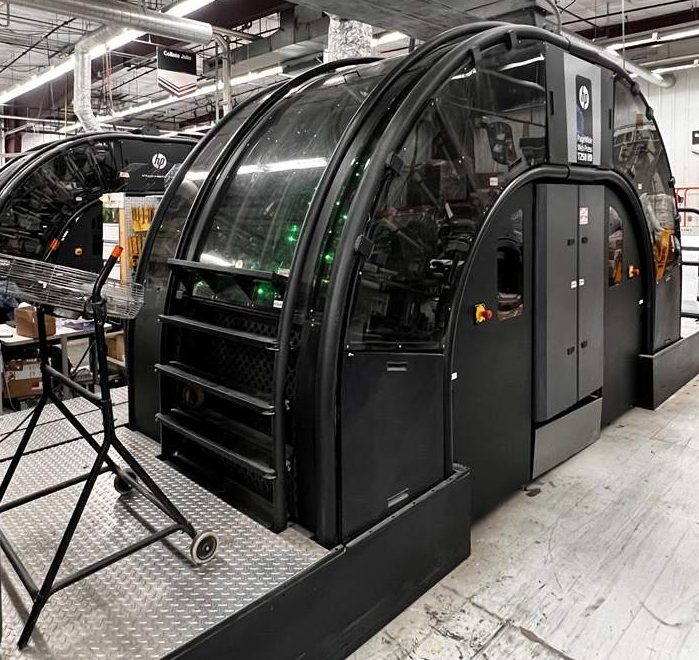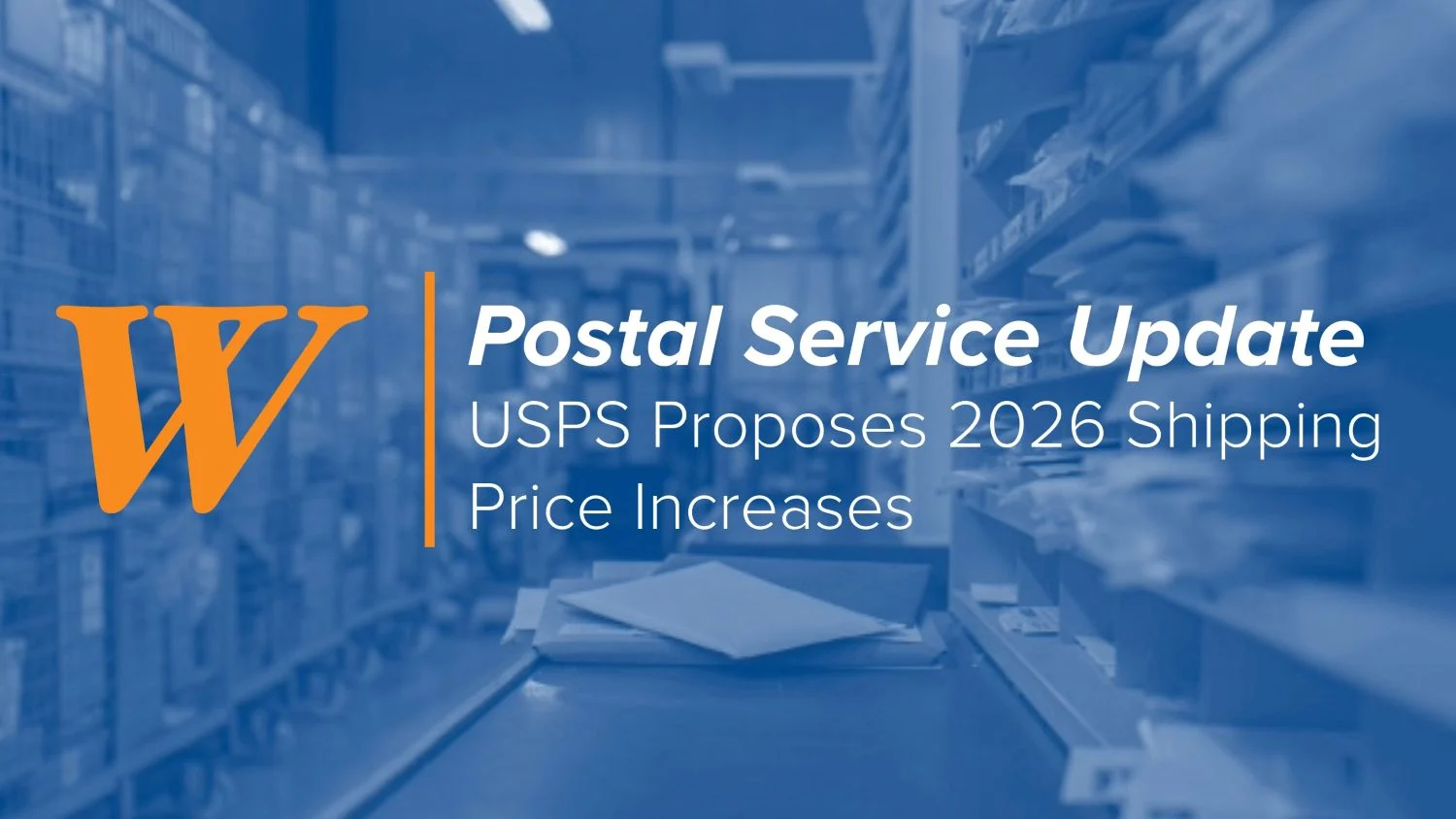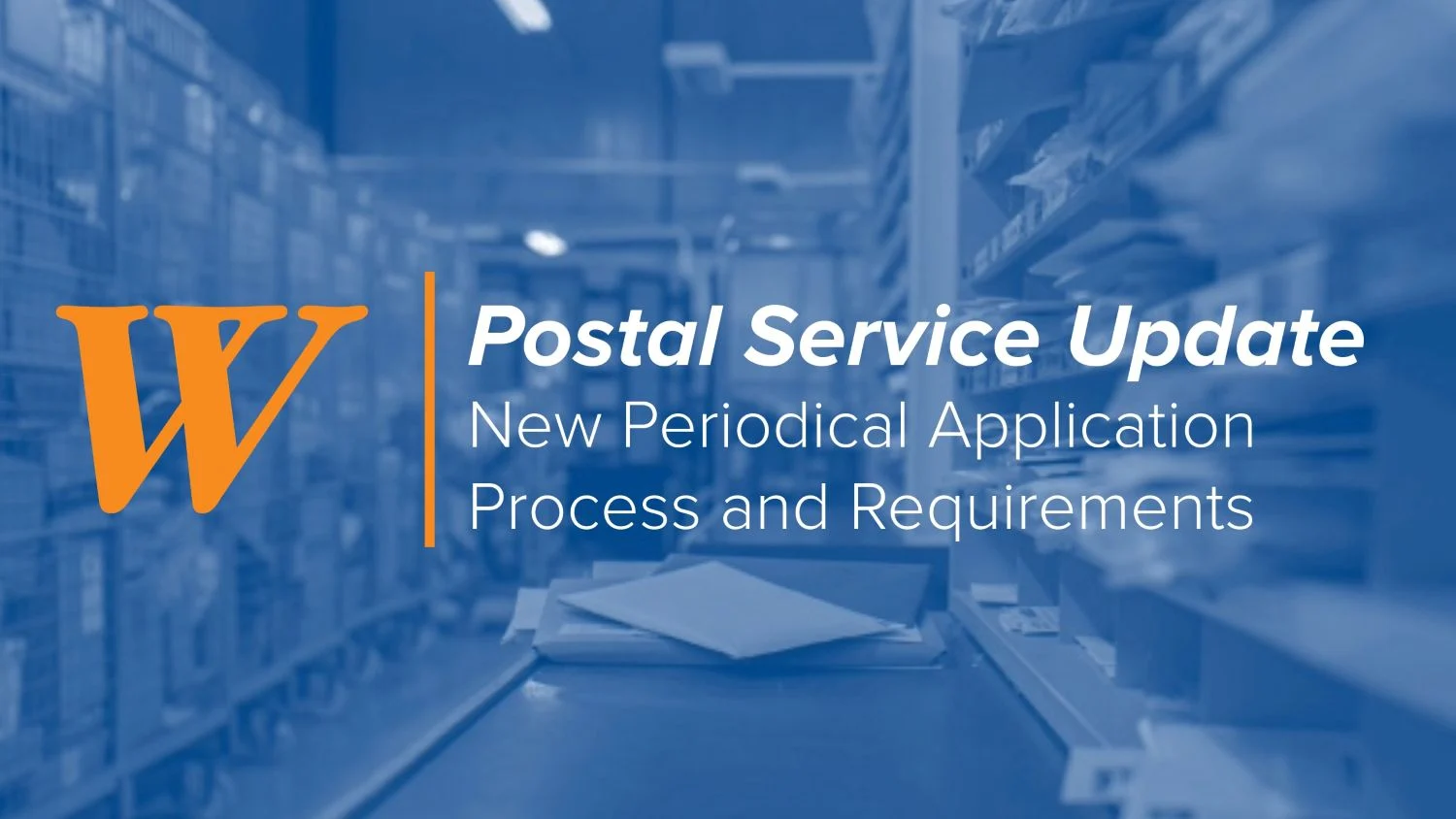For large publishers and enterprise brands, the smartest print programs no longer utilize just offset or digital – both methods play an important role. A well‑designed hybrid approach moves each job to the device that best fits run length, speed and versioning needs, which improves schedules, reduces waste and trims inventory risk.
Why Hybrid Now for Enterprise Publishers?
Audience segmentation, rapid merchandising cycles and regionalized content demand more versioning and more mid‑cycle changes. Digital platforms answer with fast makeready, on‑demand reprints and variable data, while offset continues to deliver the lowest unit cost and rock‑solid consistency for high volumes. Taken together, a hybrid model lets you launch lean, test quickly and scale production with confidence.
What Offset Does Best
Offset excels at long runs of magazines, books and catalogs where setup costs are amortized over thousands of copies. It offers tight color control, broad substrate options and access to specialty coatings and finishes that elevate brand pieces. If you are producing larger single versions or require exact brand color across a national distribution, offset remains the economical and reliable choice.
Where Digital Delivers
Modern digital presses shine when programs need speed, frequent content updates or personalization. You get file‑to‑press simplicity, short‑notice reprints and the ability to version covers, inserts or wraps by region or audience segment. Recent advances in print quality mean digitally printed pieces stand up to close scrutiny in photo‑heavy books, lifestyle magazines and targeted catalogs.
Finding the Crossover Point
Every program has a point where offset’s fixed setup costs beat digital’s higher variable costs. That threshold depends on page count, ink coverage, paper, finishing and how many versions you need. As an example, publishers often shift to offset once a single version crosses into the low thousands, although your exact break‑even should be modeled with your own specs and demand curves. A hybrid plan also looks beyond unit price to total landed cost. Overprints tie up capital and space, and typical inventory carrying costs often sit around 20 to 30 percent of inventory value each year, which makes on‑demand replenishment a real lever for savings.
When planning a print project, keep in mind the economy of scale between web press, sheetfed and digital printing. Web press printing is most cost efficient for the longest runs due to its higher setup costs and lower per-unit production costs. Sheetfed printing doesn’t quite reach the efficiency levels of web press, but is still viable for larger orders – think runs of high-quality, image-heavy books and catalogs. Digital printing shines in shorter runs thanks to its minimal setup costs, as well as jobs that require variable data or on-the-fly changes.
A Practical Hybrid Playbook
Books
Launch digitally in a lean quantity to validate demand, then move steady sellers to offset for main replenishment waves. Keep long‑tail backlist titles in a digital on‑demand program to avoid excess inventory.
Magazines
Print the magazine offset for unit cost and color stability. Produce late‑breaking covers, regional wraps or polybag inserts digitally so editorial and ad changes can land without missing mail dates.
Catalogs
Run the static guts offset. Drive audience‑specific back covers, order forms or offer sets digitally. This structure lets you test creative at scale, roll out winners fast and keep inventory light between waves.
Corporate and Association Publishing
Use digital for board books, investor communications, training binders and event materials where timing is critical and quantities are variable. Shift to offset for annual reports and high‑volume member titles once versions stabilize.
Implementation Steps and KPIs
- Map Demand And Content Risk
Classify titles and campaigns by life‑cycle stage, volatility and forecast error. Use digital for volatile or high‑mix items. Push stable, high‑volume work to offset. Market trendlines suggest this mix will continue shifting toward more short‑run digital while offset anchors long runs. - Standardize Inputs
Harmonize paper families, trim sizes and finishes so components can move between platforms without redesign. Document approved digital‑to‑offset transitions for each product family. - Integrate MIS, Prepress And DFE
Adopt or extend a single workflow so estimating, imposition, proofing, press queuing and finishing instructions live in one place. JDF‑enabled systems reduce manual handoffs and speed schedule changes. Track prepress touch time and order‑to‑press time to verify gains. - Lock Down Color Governance
Qualify plants and devices to G7. Monitor delta‑E across offset and digital to ensure consistency. - Measure What Matters
Beyond unit cost, monitor on‑time rate, makeready waste, digital‑to‑offset transition delay, inventory turns and carrying cost. Reductions in overprints and faster replenishment cycles are where hybrid programs often deliver the largest savings.
Common Pitfalls and How to Avoid Them
Color Mismatch Across Platforms
Mitigate color differences with shared targets, certified profiling and disciplined maintenance. Implement regular check-ins and reports from all devices.
Substrate and Finish Misalignment
Lock paper and coating specs early so digital and offset components feel unified in hand. Maintain a cross‑platform approved media list.
Manual Routing Bottlenecks
If planners must decide device by device, you lose speed. Use rules‑based routing in your workflow and MIS so quantity or deadline changes automatically flip a job to digital or offset.
Combine Digital and Offset With Walsworth
Walsworth operates both offset and modern digital platforms with programs built for short‑run book and magazine work, rapid reprints and versioned components that pair cleanly with offset main runs. If you want to brainstorm your crossover economics or design a versioning plan, get in touch with our team today so we can brainstorm ways to make your printing program as agile and efficient as possible.
* This article was developed with assistance from OpenAI’s GPT 5 Pro Deep Research large language AI model.






